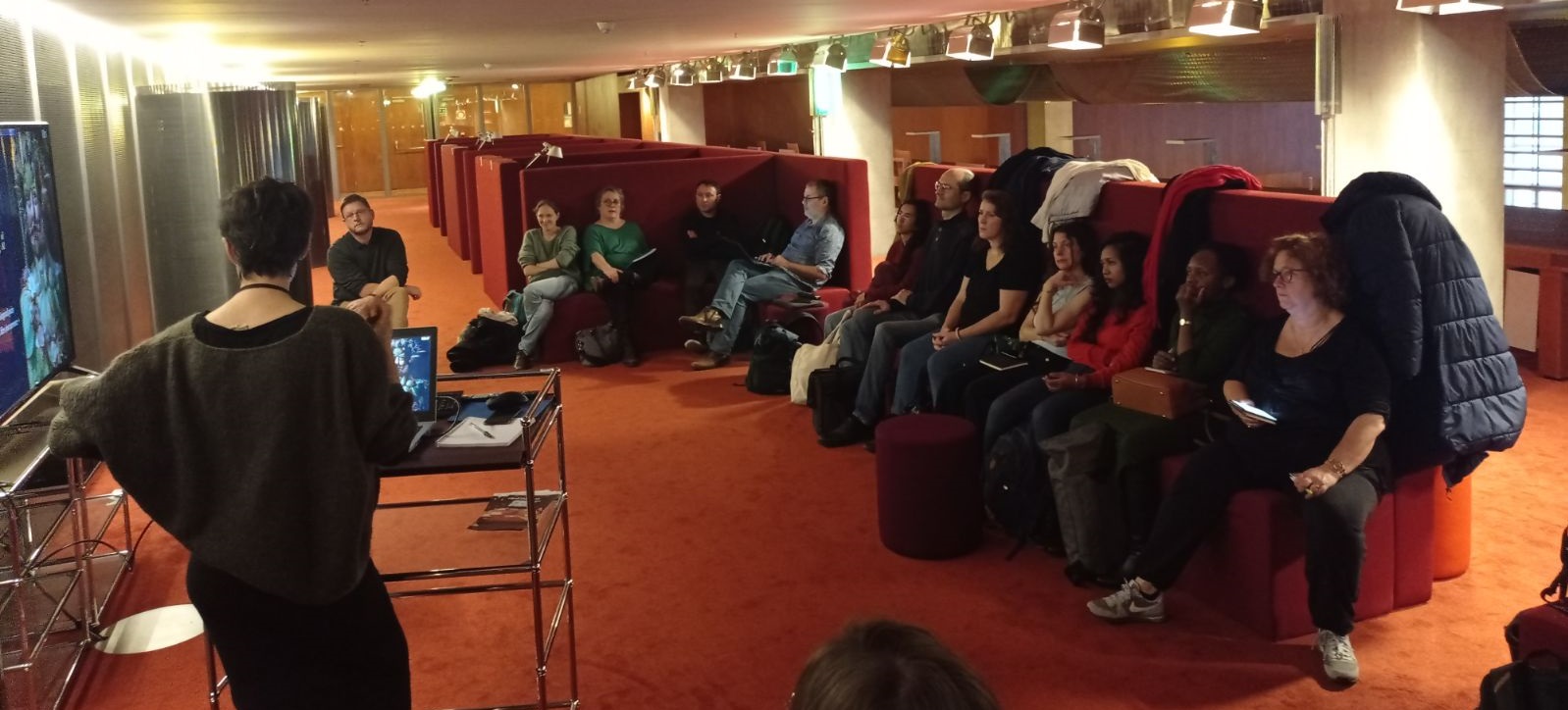
René LACROIX. 2023.
Two phenomena behind the terminology of face
Lacroix, R. (2023). Two phenomena behind the terminology of face. Journal of Politeness Research, 19(2), 323-353. https://doi.org/10.1515/pr-2022-0044
Abstract
In politeness research and other areas, scholars use a range of metaphorical expressions involving the term face, as in “lose face”, “threaten face” and “save face”, drawing upon Goffman’s paper “On face-work” (Goffman, Erving. 1967. Interaction ritual: Essays on face-to-face behavior. New York: Pantheon Books), often through Brown and Levinson’s influential theory of politeness (Brown, Penelope & Stephen C. Levinson. 1987. Politeness: Some universals in language usage. Cambridge: Cambridge University Press). The present paper argues that the interactional processes referred to by such expressions are of at least two kinds, here labeled “Observed-Behavior (OB) face-processes” and “Expressed-Attitude (EA) face-processes”. X’s OB face loss occurs when others negatively evaluate X on the basis of her behavior; X’s EA face loss occurs when others convey to X that they do not have the same values as her (“positive face”) or act in a way that impedes her freedom (“negative face”). Ten differences between OB and EA face-processes are set out. These differences are not acknowledged in the literature, which, as shown in this paper, leads to much ambiguity and confusion.
Author
René LACROIX, maître de conférences à l’Université Sorbonne Nouvelle, membre du LACITO-CNRS.
Lacroix, R. (2023). Two phenomena behind the terminology of face. Journal of Politeness Research, 19(2), 323-353. https://doi.org/10.1515/pr-2022-0044






